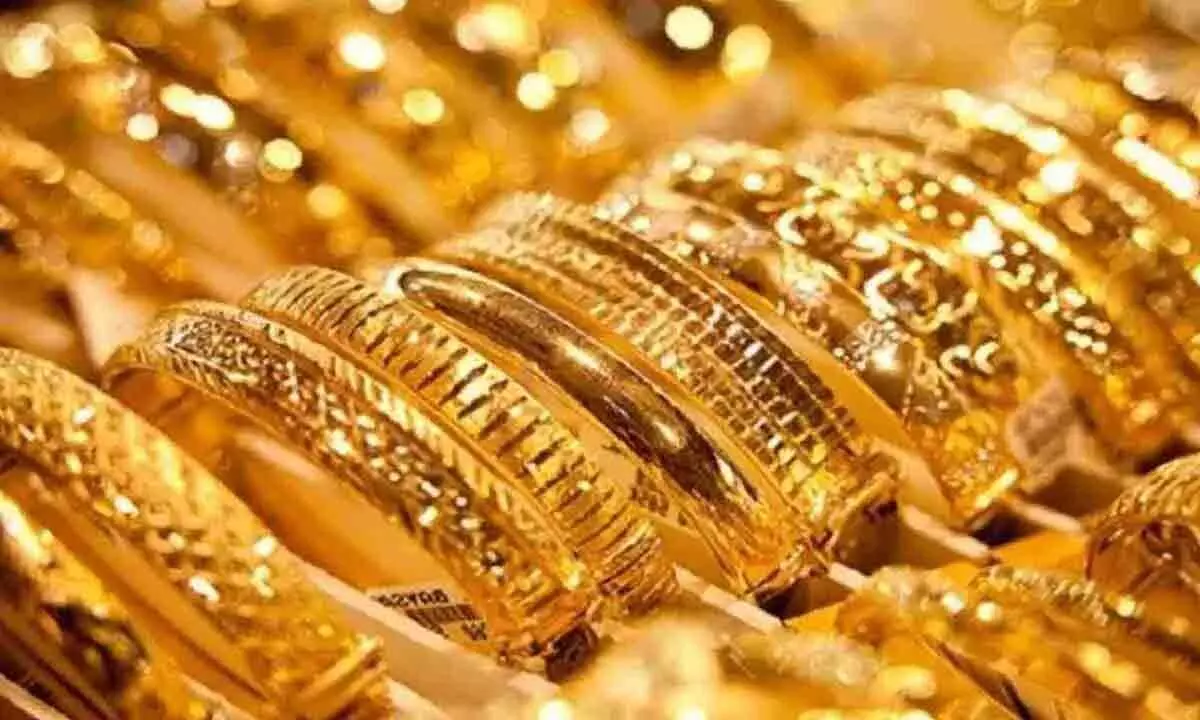Jewellery sector used for money laundering

New Delhi: The ease with which the trade of precious metals and stones can be used to move large amounts of funds without leaving an ownership trail shows this sector in India is vulnerable to be used as a tool for money laundering and terrorist financing, the Financial Action Task Force (FATF) has said.
The Paris-headquartered global body said in its mutual evaluation report for India released on Thursday that the money laundering (ML) risks associated with the smuggling and dealing in precious metals and stones should be further developed given the size of this sector in the country. The report said there were approximately 1,75,000 DPMS (dealers of precious metals and stones) in the country, but its apex body, Gems and Jewellery Export Promotion Council (GJEPC) only had 9,500 members.
Certificate of being a GJEPC member along with tax registration is mandatory for undertaking import or export of gems trade in India. Currently, there are shortcomings in risk understanding, particularly relating to money laundering threats arising from smuggling and dealing in precious metals and stones and also human trafficking, it said in its 368-page report.
“The ease with which PMS (precious metals and stones) can be used to move large amounts of funds without leaving an ownership trail combined with the size of the market in India means there are vulnerabilities associated with their use as a tool for ML/TF (terrorist financing),” the report said.
It recommended that India should include deeper qualitative and quantitative data and typologies from domestic and international sources on the money laundering risks associated with precious metals and stones smuggled into and circulating in India, when undertaking future risk assessments on DPMS and gold and diamond smuggling and the associated money laundering risks. The FATF said similar action was required to deal with human trafficking cases.


